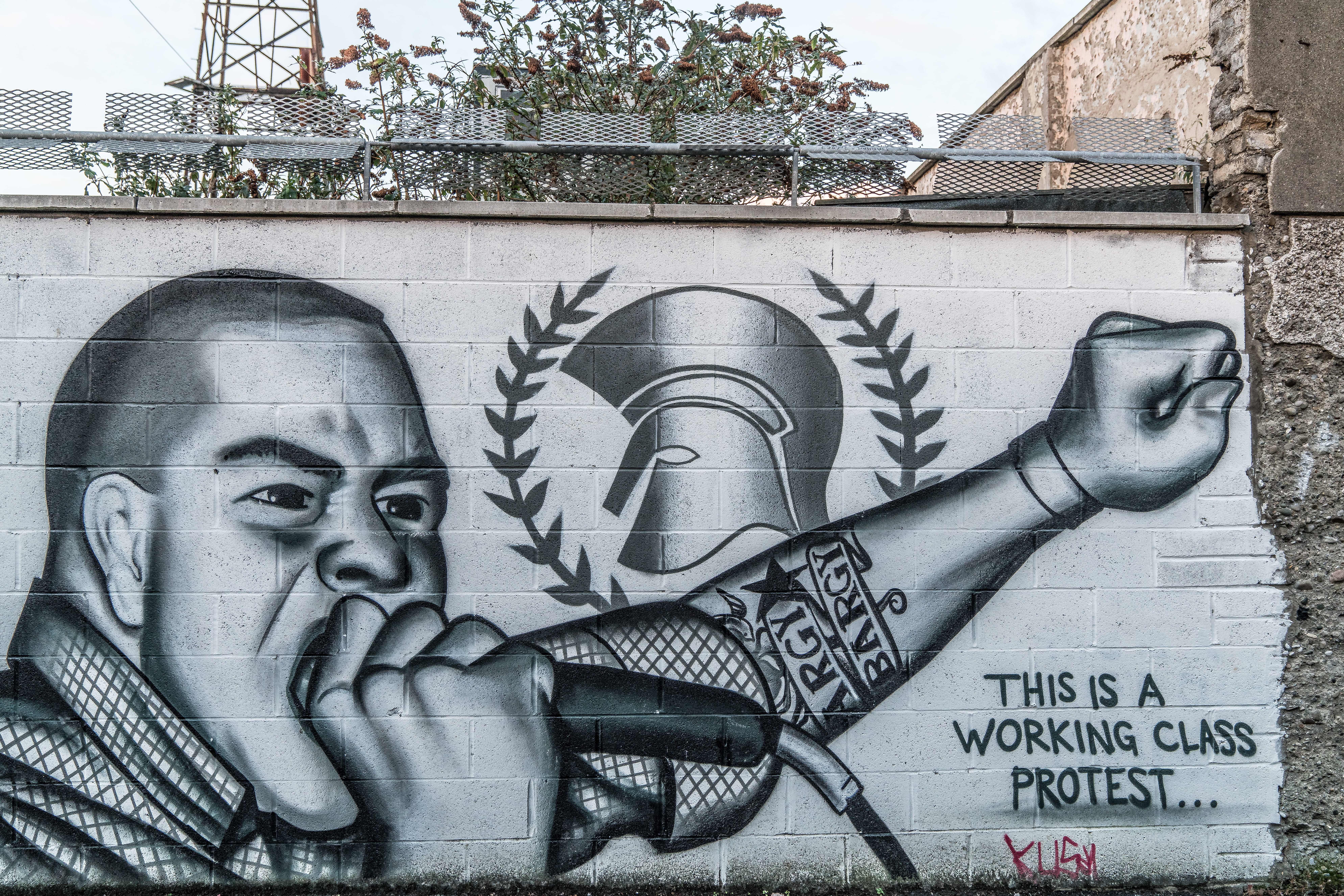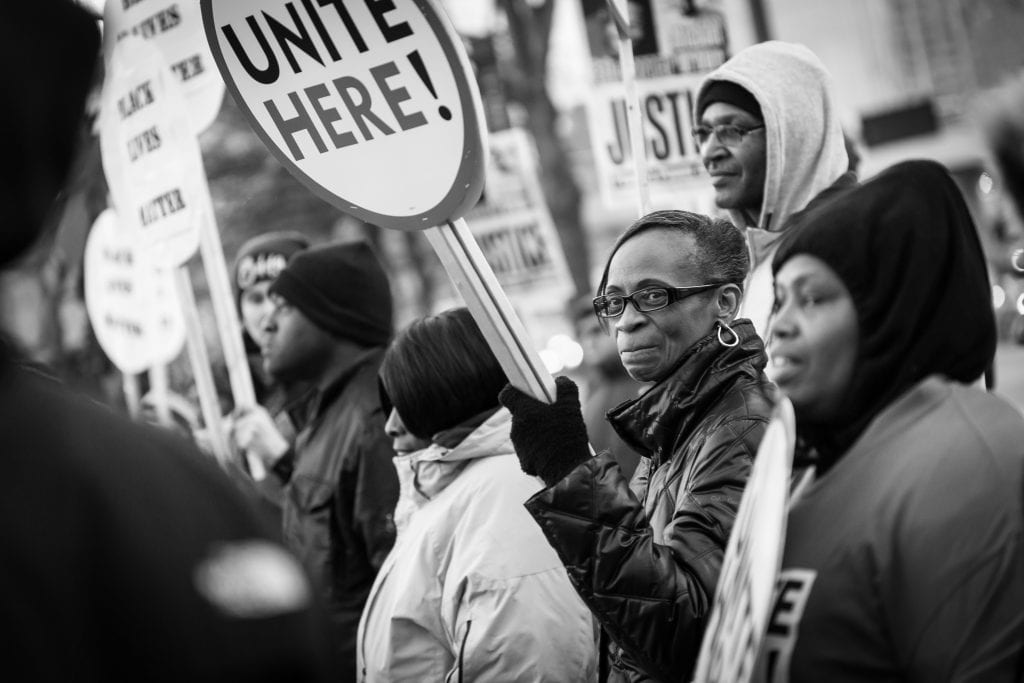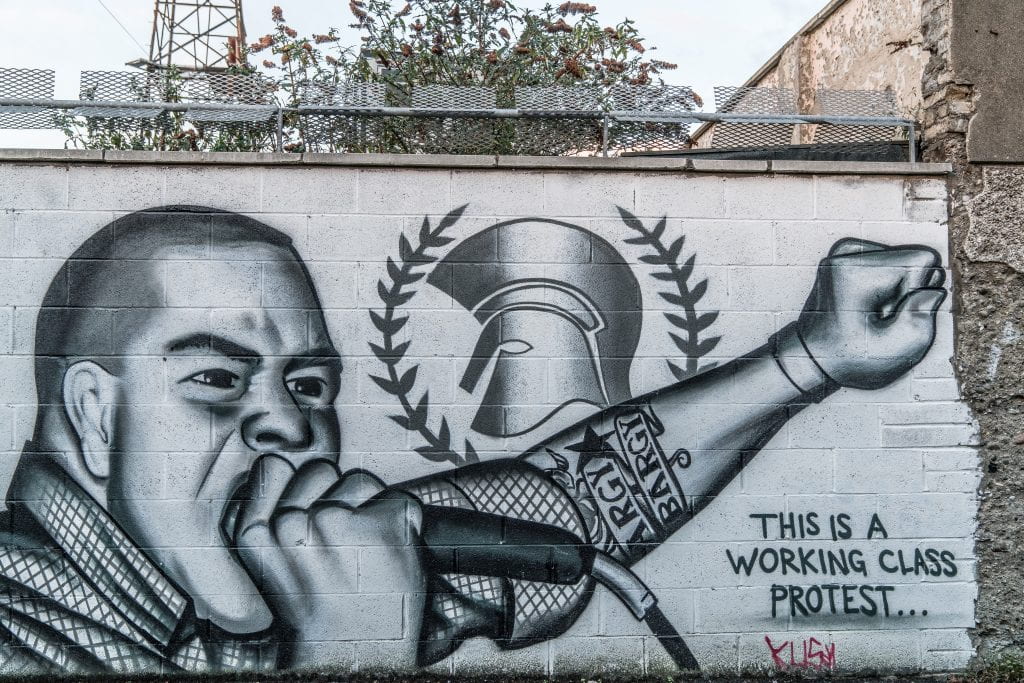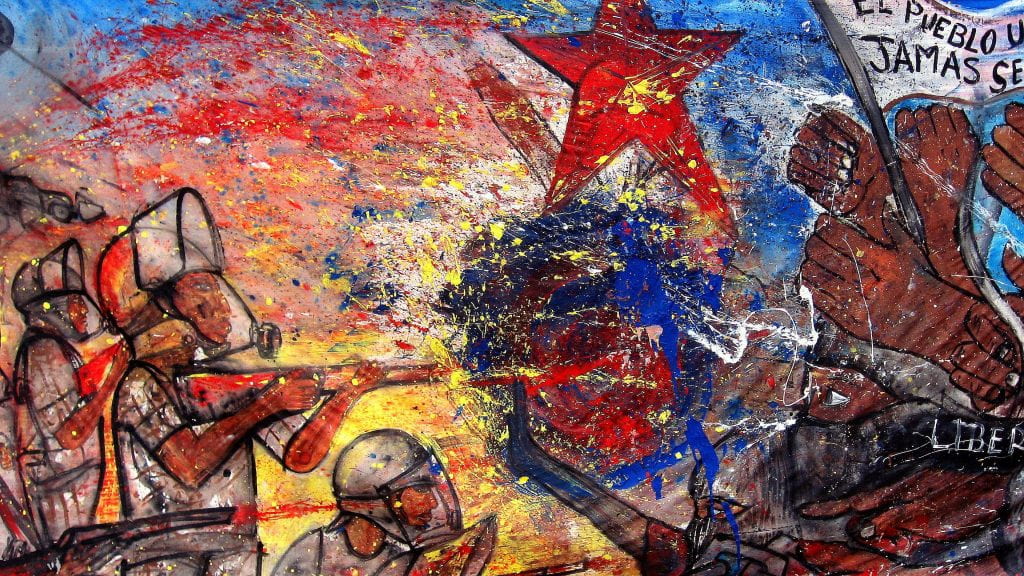**This blog is a repost as we invite you to join us for a series of events with Violins of Hope Birmingham, April 11-14, 2018. The centerpiece of the project will be the Violins of Hope Concert at the Alys Stephens Center on April 14, 2018, featuring the Alabama Symphony Orchestra under the baton of Music Director, Carlos Izcaray.
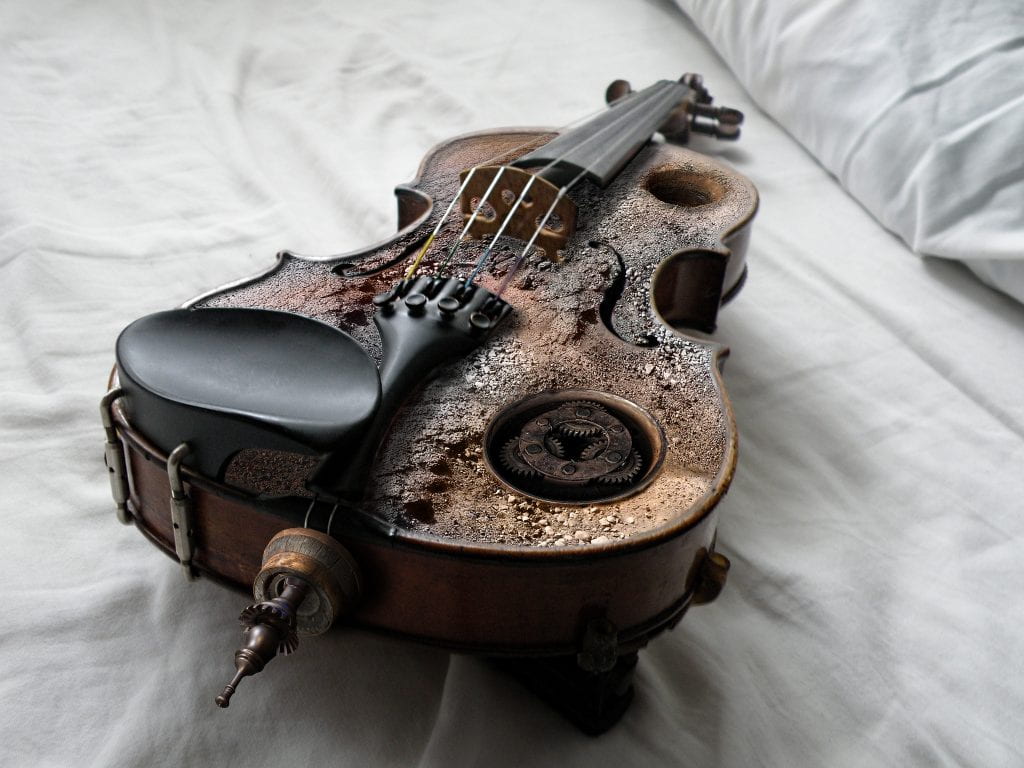
If identity were a sound, what would it sound like? For Jews, it sounds like the notes that rise from the striking of the bow across the tension of the strings on a violin. Elie Wiesel, in Night, writes of a brief encounter with Juliek, a dying violinist. This encounter, without full understanding of the context and the role of the violin in Jewish culture, may remain overlooked and misunderstood. It did for me until I began researching for this blog.
Violins, often heard in a piece of classical music, a genre that as Wang describes as “a special form of culture widely defined within an ideological and social sphere in people’s everyday life”, speak to the universal accessibility of music and the cultural complexity of creative expression within the social identity of Jewish people. “Always when people asked Isaac Stern why so many Jewish people are playing the violin, his answer was very simple: ‘It is the easiest instrument to pick it up and to run away!'” The embedding of music in Jewish tradition resulted from their persecution. Music provided a refuge and an outlet for emotional expression, whether pain or joy because music has the power to transcend.
A violinist is an essential figure within the sociocultural dynamic of Jewish high society. Gilman, highlighting the life of Albert Einstein, explains how the violin is “an emblem of the integration of the Jews into Western high culture… [and] links both personal and historical meanings.” Spotts insists that to the Nazis, “Theater, music, art, and literature were inherently ennobling, unless… practiced by the Jews.” Music for Einstein and other Jews allowed for the continuous expression and validation of individuality, in conjunction with and apart from religion. Conductor Franz Welser-Most maintains, “An instrument becomes part of the person which plays it. It’s the voice of that person comes through the instrument.” Violinists and their violins reinforced the humanity of all Jewish people, thereby undermining Nazi anti-Semitic ideology.
Albrecht considers art, including music, an institution. He identifies three characteristics of art: structure, function, and universality. The institution of art exists within the social structures of a society due to the ability of music to fulfill the human psychological need for creativity. While conceding that art is not a primary institution, one needed for the survival of society, he does suggest that it should no longer remain a secondary (or throwaway) institution either. Art should remain as important as religion, philosophy, and science. In other words, societies needs to recover the value of art by understanding its characteristics.
First, the structure of art is expressive and social, exposing what Parsons defines as “the paradigm of social interaction”. The paradigm of social interaction is the triad reciprocal relationship among the author, the critic, and the public based upon a supply and demand existence, or needs-based approach. For Parsons, human behavior consists of patterns of belief systems, which incorporate and appropriate objects, like violins, into the fabric of an individual or group experience based upon meaning. The repetition of the pattern creates a culture that, over time, produces a heritage. For Bortolotto, “Heritage is created …with authenticity understood as an important quality in the perpetuation of a sense of historical continuity and cultural ancestry.” Therefore, the social structure of art features this triadic interaction over a period and this historical interaction creates solidarity. Art is an essential link in the network of social and cultural relations.
Second, art satisfies curiosity, creates balance, and reduces stress. Spencer concludes that art permits “prolonged rest of the nerve-centers, which build up energy in excess of demands for immediate instrumental activities”, creating a satisfaction that comes from being a part of art through its creation or experience rather than simply participating in it. Weber equates art with ‘salvation’; not salvation as in eternal life but salvation that comes as a means of transcending one’s immediate situation or circumstance. Art allows for momentary escape; this quality contributes to the enrichment and augmentation of an individual and society.
Lastly, art is universal. Hoebel asserts, “Man could survive without art; yet man and art are inseparable.” Human beings are creative beings, yet the limitations of art classification detach the social and cultural significance of artwork or performance, whether it be resistance or propaganda. Take rap as an example. Martinez argues rap of the late 1980s and early 1990s utilizes lyrics and sounds as a form of expressing resistance to some cultural norms about music, and as propaganda when considering the urban decay of black communities, in direct contrast to white communities. In other words, regardless of classification, art, including music, possesses the power to influence, to give voice to the minority, and to symbolize resistance.
Amnon Weinstein is a violinmaker. More than 50 years ago, a customer brought him an old violin in need of restoration. Unplayed violins lose their sound and their spirit over time; therefore, a well-played instrument sounds richer and more open. Weinstein, over the course of the conversation, learned that the owner, a Holocaust survivor, “had played on the violin on the way to the gas chamber, but he survived because the Germans needed him for their death camp orchestra.” When the Nazis outlawed prayer, Jewish violinists played as a means of communion and defiance. “And just knowing that some of these people who have owned these instruments did not survive, but their personality is still within these instruments, I find that very moving”, acknowledges Welser-Most. The restoration of more than 30 Holocaust violins has become Weinstein’s method of harnessing the power of music to influence, returning voice to the minority, and to continually cultivating a resistance against the cruelty of the Holocaust and the silence that descended when the war concluded, by listening to the stories told by the violins.
This Sunday, September 17, 2pm at Temple Emanu-El, musicologist and author James A. Grymes will discuss his book, Violins of Hope: Instruments of Hope and Liberation in Mankind’s Darkest Hour, and the work of Amnon Weinstein. Event organizer Sallie Downs, when asked what inspired her to bring the Violins of Hope story to Birmingham, replied:
I am free to bring them; and they are free to come. All musicians, regardless of who they are and what they believe, are free to play the instruments when they want and where they want, and they are free to play whatever music they wish to play. Jewish musicians didn’t have that opportunity. They did nothing wrong. They were persecuted and too many people didn’t believe it could happen and they stood by until it was out of control. With all the hate and evil we are witnessing in this country, and the ignorance and resignation with which it is viewed, I can’t stand by quietly and do nothing. G-d help me, if I ever find myself on the wrong side of a barbed-wire fence, like those who were tortured and murdered during the Holocaust for no good reason, I will never regret that I did nothing when I had the opportunity to do something. The power of music on the Violins of Hope is a call to action. The Violins are giving voice to the voiceless and providing us an opportunity to help them say “Never again will good people stand idly by and watch innocent life be desecrated. Never again will we allow the voices of the weak to be silenced.” Not here. Never again.
Violins of Hope is a bearer of intangible cultural heritage. By “establishing a relationship with the past by turning it into an authentic historical object”, Weinstein who restores the violins, and the musicians who play them, are “encouraging social practices that allow cultural objects and expressions to be produced and performed by community members”; thereby creating a living exhibition maintaining a focus on perpetuity.
